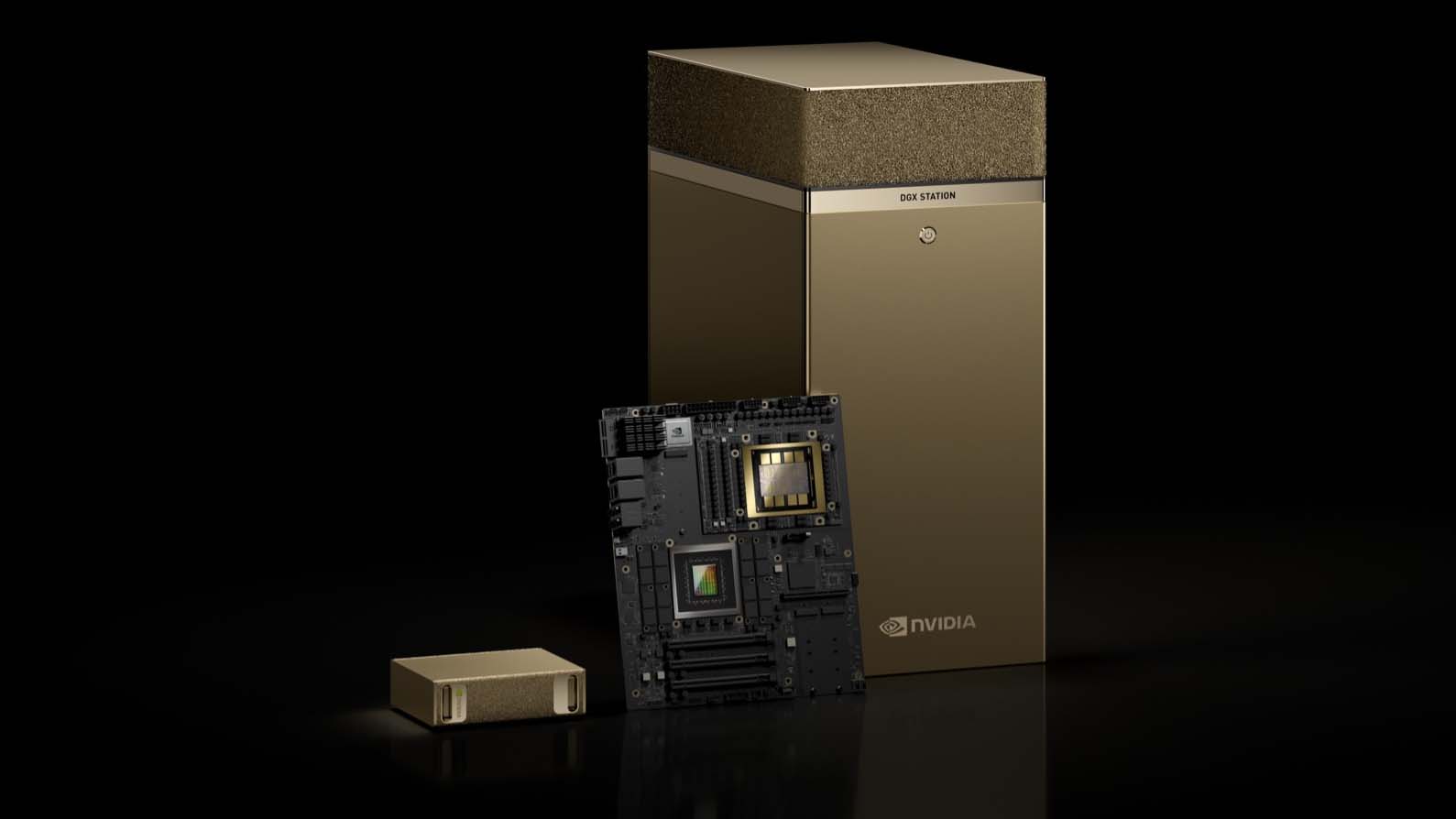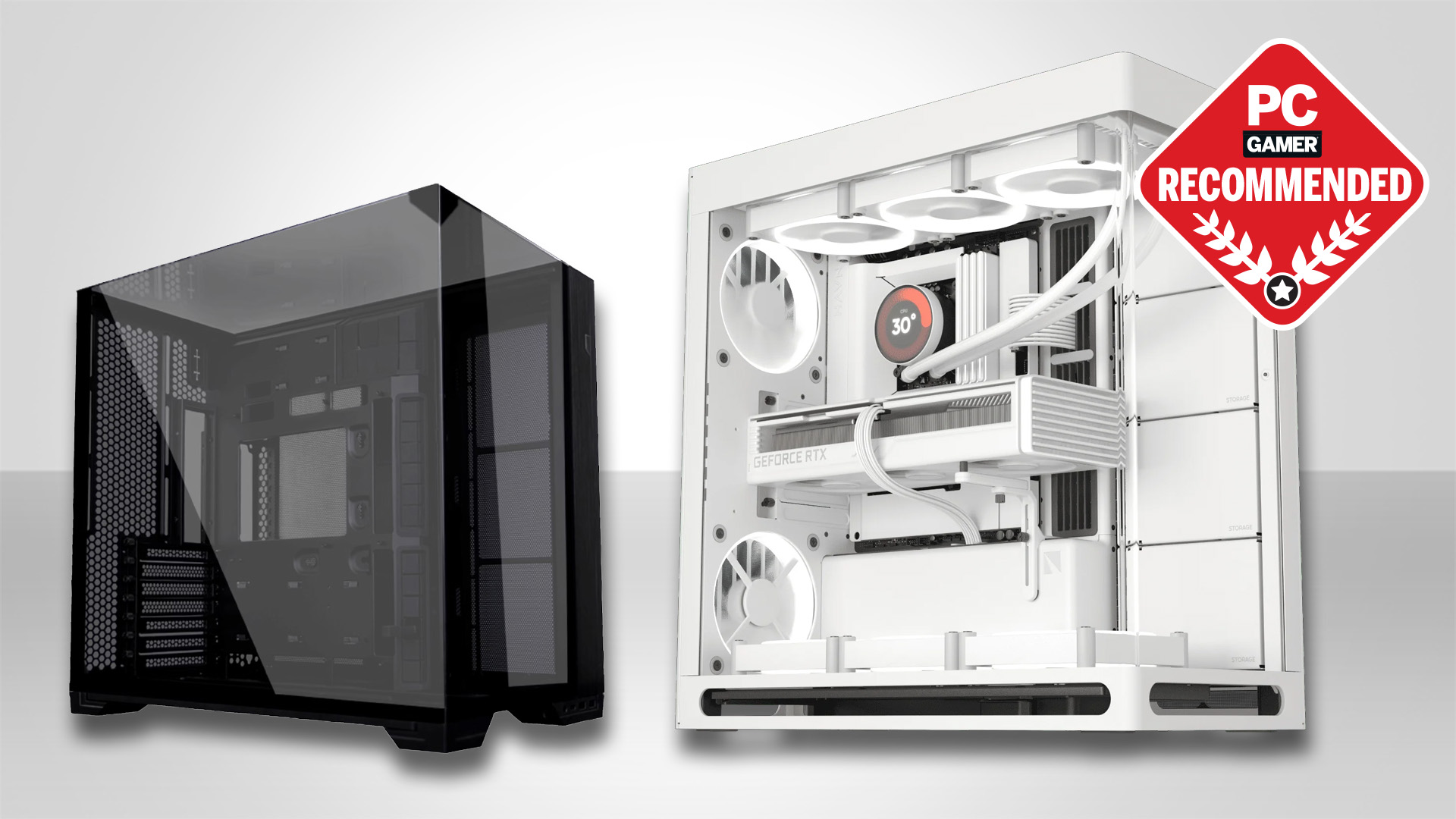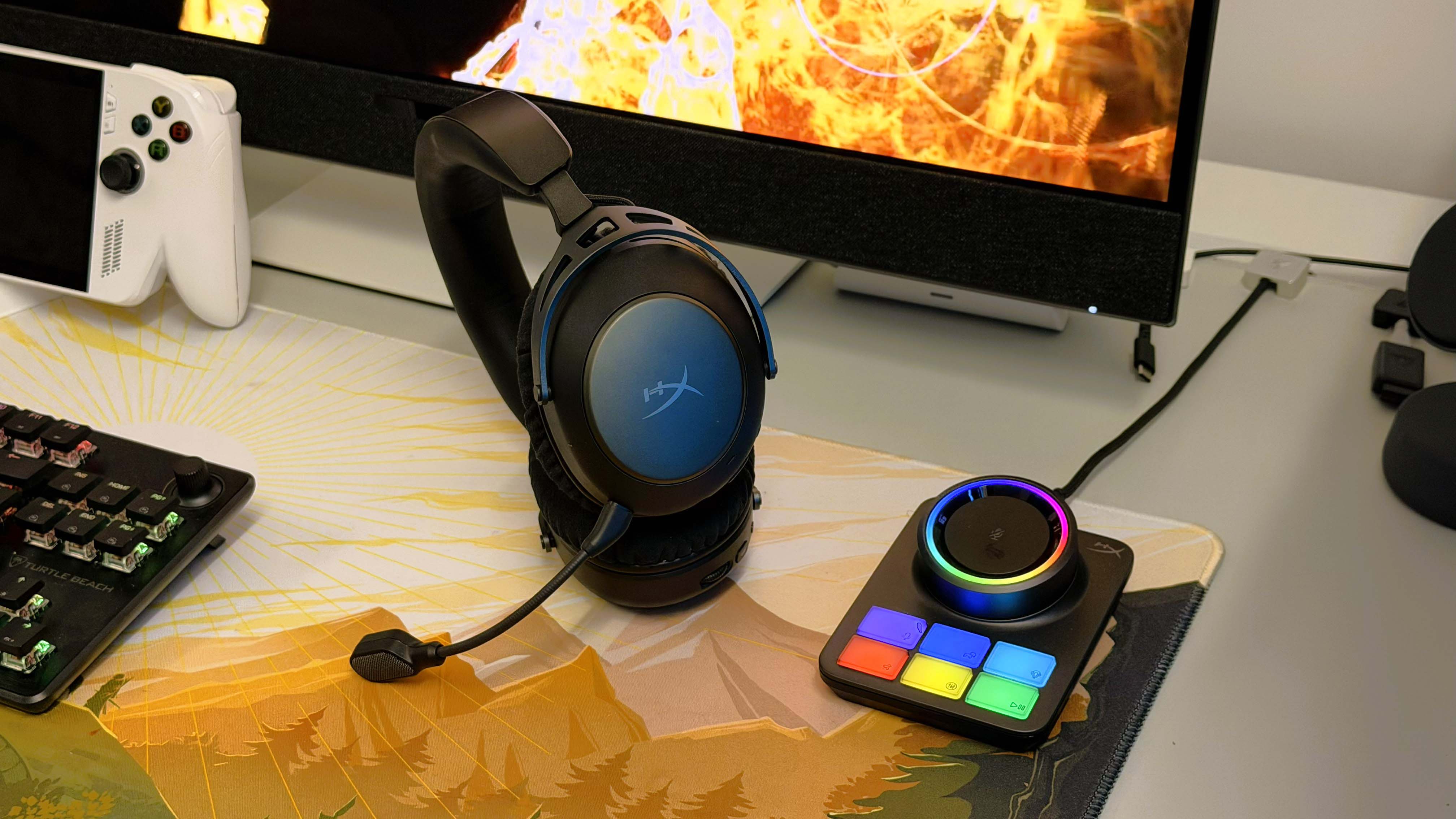Thanks to the Computex, we now know that there's an RTX 5070-like GPU inside Nvidia's 'supercomputer at home' DGX Spark
Shame you won't be gaming with the little box because it'd make for one heck of a NUC.

At its GTC event in March, Nvidia formally launched the DGX Spark, a mini-PC-sized desktop computer, created for AI enthusiasts and home developers. While Team Green offered a lot of information about the overall specifications, the full details of the GPU inside weren't disclosed. However, thanks to the annual design award scheme run by Computex, we now know that the supercomputer-at-home is essentially running an RTX 5070.
This little detail was spotted by Videocardz, though you can see the information directly at the Computex site. Tucked away inside the GB10 chip are 6,144 CUDA cores—exactly the same number as sported by the GeForce RTX 5070 graphics card (and, incidentally, the RTX 3070 Ti).
Of course, despite both GPUs using Nvidia's Blackwell architecture, the GB10 isn't a gaming processor. First of all, there's the dearth of memory bandwidth—just 273 GB/s to the RTX 5070's 672 GB/s.
At least, you're getting a whole lot more RAM, as the DGX Spark sports 128 GB of LPDDR5x, which is unified and shared by the Grace CPU and Blackwell GPU. The RTX 5070 just has a measly 12 GB of GDDR7.
Ignoring the huge amount of RAM for the moment, that bandwidth is more typical of what an iGPU in a really good handheld gaming PC or laptop might offer, so it doesn't mean you couldn't game on the GB10. But given that the DGX Spark runs a custom Nvidia operating system, you're not going to be slapping your Steam library on it any time soon.
One thing I did find interesting was a comment made by Golden Pig Upgrade Pack (now that's a name and a half!) on Weibo (via Videocardz), which spoke to MSI at Computex and discovered the little supercomputer uses up to 224 W of power. 'So what?', you may think. Well, the TGP of the RTX 5070 is 300 W, so the GB10's GPU must be clocked a lot lower, yes?

Perhaps, but Nvidia says the GB10 has a peak tensor output of 1000 AI TOPS, whereas the RTX 5070 is 988. That means the Spark's GPU is either quite different from the GB205 in the 5070, or the AI throughput figures for both devices are very theoretical ones. Either way, 224 W for something with a 20-core Arm CPU, an RTX 5070-like GPU, and 128 GB of RAM seems pretty darn good.
Keep up to date with the most important stories and the best deals, as picked by the PC Gamer team.

Catch up with Computex 2025: We're stalking the halls of Taiwan's biggest tech show once again to see what Nvidia, AMD, Intel, Asus, Gigabyte, MSI and more have to offer.
We still have no idea exactly how much the DGX Spark will sell for, but it did have a pre-order price tag of $4,000 bar a single buck. If I were an AI home enthusiast, I'd probably be very tempted—four thousand dollars might seem to be too expensive, but that 128 GB of unified RAM is perfect for AI training.
You'd have to spend far more than that to build your own rig and fit it with enough workstation GPUs to match the same level of memory.
I do wonder how long it will be before somebody turns a DGX Spark into a mini-sized gaming PC, though. Nvidia's DGX OS will probably be anything but easy to work with, in that respect, but if I've learned anything about the modding community, it's that the bigger the challenge, the more people will try to make it work.

Nick, gaming, and computers all first met in the early 1980s. After leaving university, he became a physics and IT teacher and started writing about tech in the late 1990s. That resulted in him working with MadOnion to write the help files for 3DMark and PCMark. After a short stint working at Beyond3D.com, Nick joined Futuremark (MadOnion rebranded) full-time, as editor-in-chief for its PC gaming section, YouGamers. After the site shutdown, he became an engineering and computing lecturer for many years, but missed the writing bug. Cue four years at TechSpot.com covering everything and anything to do with tech and PCs. He freely admits to being far too obsessed with GPUs and open-world grindy RPGs, but who isn't these days?
You must confirm your public display name before commenting
Please logout and then login again, you will then be prompted to enter your display name.

